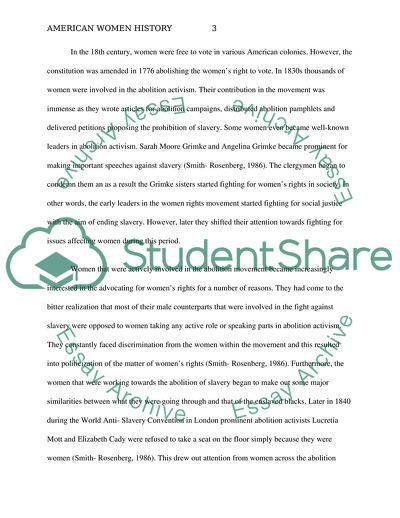Cite this document
(Visions of Gender in Victorian America Essay Example | Topics and Well Written Essays - 1750 words - 2, n.d.)
Visions of Gender in Victorian America Essay Example | Topics and Well Written Essays - 1750 words - 2. https://studentshare.org/history/1811884-american-women-history
Visions of Gender in Victorian America Essay Example | Topics and Well Written Essays - 1750 words - 2. https://studentshare.org/history/1811884-american-women-history
(Visions of Gender in Victorian America Essay Example | Topics and Well Written Essays - 1750 Words - 2)
Visions of Gender in Victorian America Essay Example | Topics and Well Written Essays - 1750 Words - 2. https://studentshare.org/history/1811884-american-women-history.
Visions of Gender in Victorian America Essay Example | Topics and Well Written Essays - 1750 Words - 2. https://studentshare.org/history/1811884-american-women-history.
“Visions of Gender in Victorian America Essay Example | Topics and Well Written Essays - 1750 Words - 2”. https://studentshare.org/history/1811884-american-women-history.


